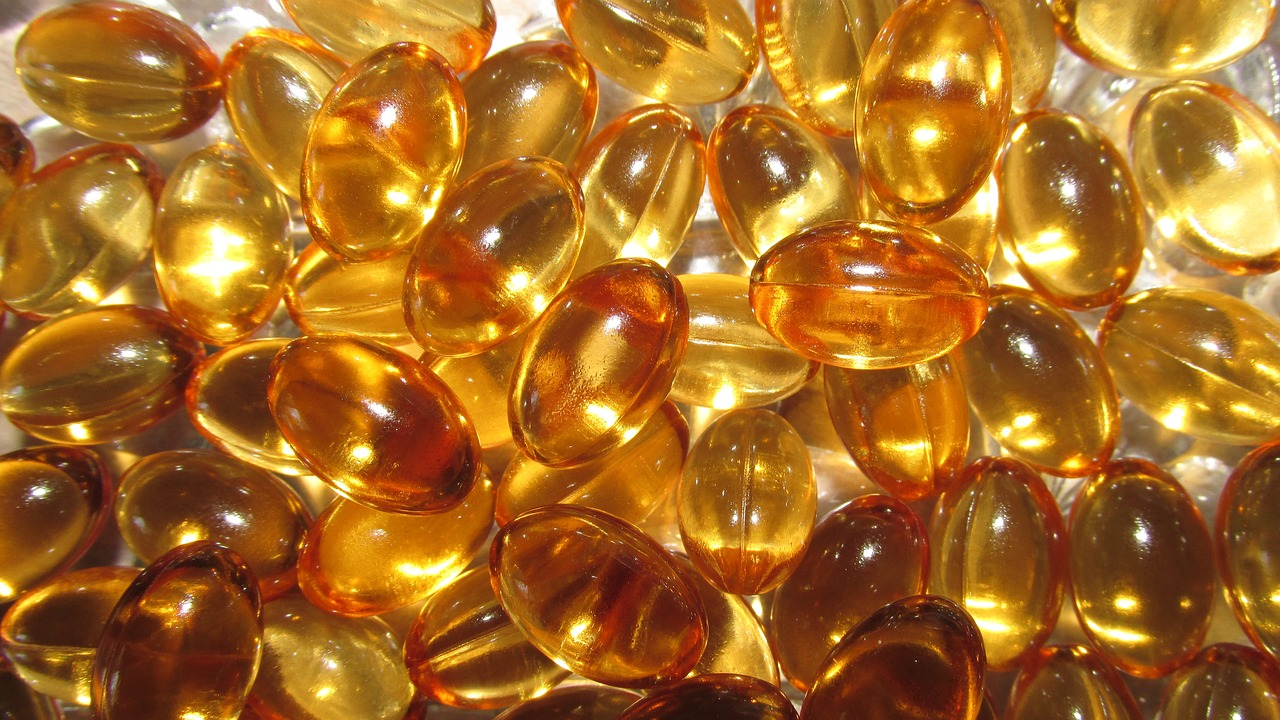In 1922, Herbert McLean Evans and Katharine Scott Bishop discovered Vitamin E (α-tocopherol). Subsequently, Evans and Gladys Anderson Emerson isolated it in a pure form in 1935 at the University of California, Berkeley.
Read more to find out about how vitamin E improves the skin and
In 1922, Herbert McLean Evans and Katharine Scott Bishop made the discovery of Vitamin E (α-tocopherol). Later, at the University of California, Berkeley, Evans and Gladys Anderson Emerson took the initiative to isolate it in a pure form in 1935.[1]


Tocopherol, also known as Vitamin E, serves as protection against oxidative stress. Excessive oxidative degradation of tocopherol leads to the formation of Thymoquinone (TQ), which can affect the activity of complexes I, II, and III. [2] Extracted from the plant N. sativa, TQ demonstrates various properties such as hepatoprotective, antioxidant, cytotoxic, anti-inflammatory, and anti-tumoral effects. [2]

Vitamin E is very effective in preventing cancerous cells. Some experiments have shown that vitamin E can increase the activity of complex IV in rats, but this has not been shown in humans. [3]
Vitamin E is used for repairing scar tissue because it is a lipid soluble antioxidant that penetrates the skin. [3]Its antioxidative properties help stabilize cell membranes and curb inflammation which reduces the amounts of chemicals released by those cells. [3] However, some experiments have shown that applying vitamin E topically does not have an impact on the scar and the scar tissue would heal at the same rate. Additionally, excessive vitamin E can cause contact dermatitis.[4]
Optimal and Cautionary Aspects of Vitamin E: Benefits, Dosages, and Potential Risks
High doses have been shown to slow the progression of Alzhiemer’s disease, improve liver disease, and prevent preeclampsia during pregnancy. [5] This must be done under a physician’s supervision, as high doses can also have adverse effects, including possible increase in all-cause mortality.
A vitamin E deficiency could cause nerve and muscle damage, loss of body movement control, muscle weakness, and vision issues. [5] There would also be a larger accumulation of free radicals in the mitochondria. The recommended doses are 15 mg/day for men and 15 mg/day for women. Doses higher than 1000mg per day will become harmful. [6]Vitamin E toxicity is not likely, some of the risks are bleeding, muscle weakness, fatigue, nausea, and diarrhea. Excess vitamin E can interfere with blood clotting. [6]
References and Suggested Reading
Scientific References on Vitamin E: Insights into Health Benefits and Risks
Ivancovsky-Wajcman, Dana, et al. “Dietary vitamin E and C intake is inversely associated with the severity of nonalcoholic fatty liver disease.” Digestive and Liver Disease 51.12 (2019): 1698-1705.
Hannan MA, Rahman MA, Sohag AAM, Uddin MJ, Dash R, Sikder MH, Rahman MS, Timalsina B, Munni YA, Sarker PP, Alam M, Mohibbullah M, Haque MN, Jahan I, Hossain MT, Afrin T, Rahman MM, Tahjib-Ul-Arif M, Mitra S, Oktaviani DF, Khan MK, Choi HJ, Moon IS, Kim B. Black Cumin (Nigella sativa L.): A Comprehensive Review on Phytochemistry, Health Benefits, Molecular Pharmacology, and Safety. Nutrients. 2021 May 24;13(6):1784. doi: 10.3390/nu13061784. PMID: 34073784; PMCID: PMC8225153.
Khoosal, Dipen, and Ran D. Goldman. “Vitamin E for treating children’s scars: Does it help reduce scarring?.” Canadian family physician 52.7 (2006): 855.
McGuire, Michelle, and Kathy A. Beerman. Nutritional sciences: from fundamentals to food. Cengage Learning, 2022.
Miller III, Edgar R., et al. “Meta-analysis: high-dosage vit E supplementation may increase all-cause mortality.” Annals of internal medicine 142.1 (2005): 37-46.
Rizvi, Saliha, et al. “The role of vitamin E in human health and some diseases.” Sultan Qaboos University Medical Journal 14.2 (2014): e157.
Schirinzi, Tommaso, et al. “Dietary Vitamin E as a protective factor for Parkinson’s disease: clinical and experimental evidence.” Frontiers in Neurology 10 (2019): 148.


